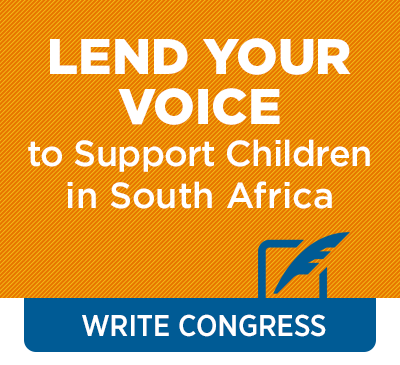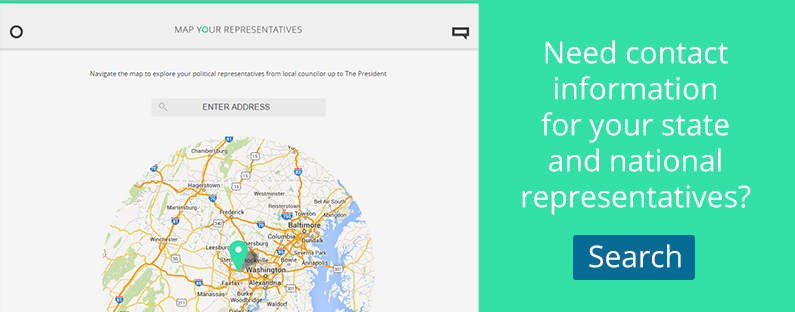Advocates
 Your communications will make an important difference in improving the quality of education for children in South Africa. Read more about Project YES Africa’s inaugural project.
Your communications will make an important difference in improving the quality of education for children in South Africa. Read more about Project YES Africa’s inaugural project.
The United States established diplomatic relations with South Africa in 1929 following the United Kingdom’s recognition of South Africa’s domestic and external autonomy within the British Empire. Since the end of apartheid and with the advent of democracy in1994, the two countries have enjoyed a solid bilateral relationship. South Africa has made remarkable strides toward building a prosperous and peaceful democracy since 1994, but faces many challenges, including high unemployment, HIV/AIDS, crime, and corruption. U.S. assistance focuses on improving healthcare, increasing education standards and teacher training. Influence public policy and legislative action for the survival, protection and development of the world’s children. Send a letter to your Senators or Representative for Congress to maintain quality education in South Africa as a priority.
Source: “U.S. Relations With South Africa,” Bureau of African Affairs Fact Sheet, June 2, 2014.
You have more power than you realize.
Research from the Congressional Management Foundation confirms that it’s not the delivery method – visits, email, postal mail or social media – it’s the content of your message. All are equally influential when communicating with your members of Congress.
Communicate your support for improving the quality of education for children in South Africa
1. Visits—If you wish to visit, contact the office directly to request an in-person visit.
2. Letters—Write your name and address at the end of your email or letter, AND on the envelope, so your members of Congress know you are one of the people they represent. Put each letter in a separate envelope and address it. Send your letter to: Your U.S. senators, U.S. Senate, Washington, DC 20515; OR, Your U.S. representative, U.S. House of Representatives, Washington, DC 20515. Because of security procedures, your letter may take two to four weeks to reach Congress, so please plan accordingly.
3. Email—Look up your members of Congress and contact him/her via email. Be sure to include your name and address, so they know you are one of the people they represent.
4. Social Media—Look up your your members of Congress’ social media page/s. Follow him/her. Provide your direct feedback on his/her page.
In all communications:
• Be courteous and respectful, don’t use threats.
Ask for specific action, using this message in your own words: “I ask you to reform aid for education to South Africa to make it more effective in improving the lives of children and their families.”
• Give reasons why.
Share your personal story about what motivates you to write. A letter with your personal story will be most compelling and effective.
For example, “My family and I are already helping by [description], but I also expect my country to take the lead in combating global disparities in education.”
• Keep your comments brief, pertinent, and factual.
Cover only one issue per letter.
• Limit your comments to one page or two at most.
Elected officials hear from hundreds of constituents daily so a brief letter is more effective than a multi-page one.
Source: Congress Merge




